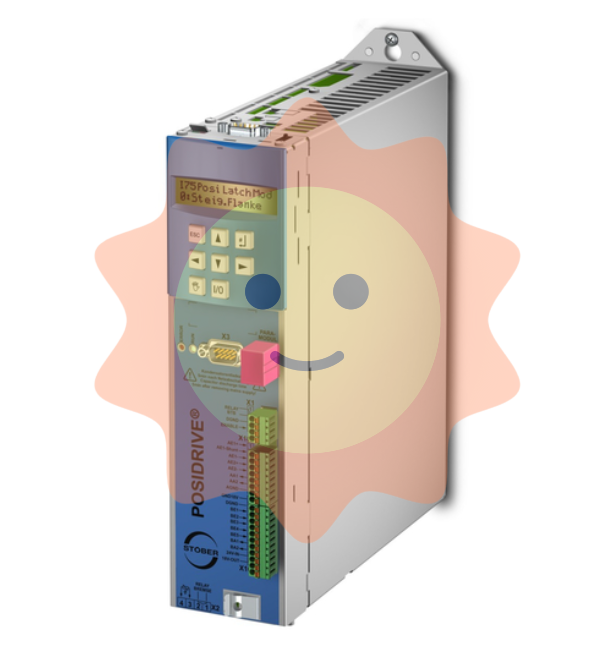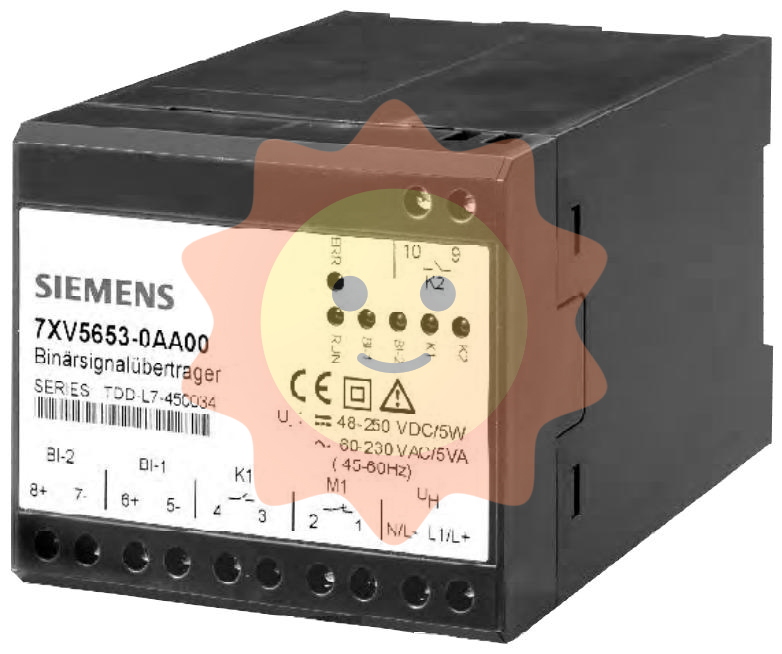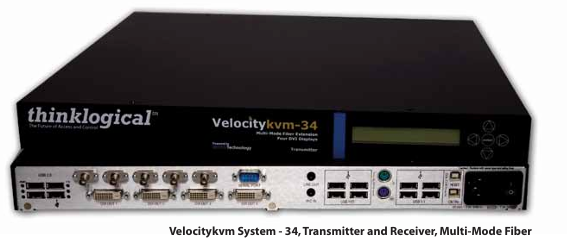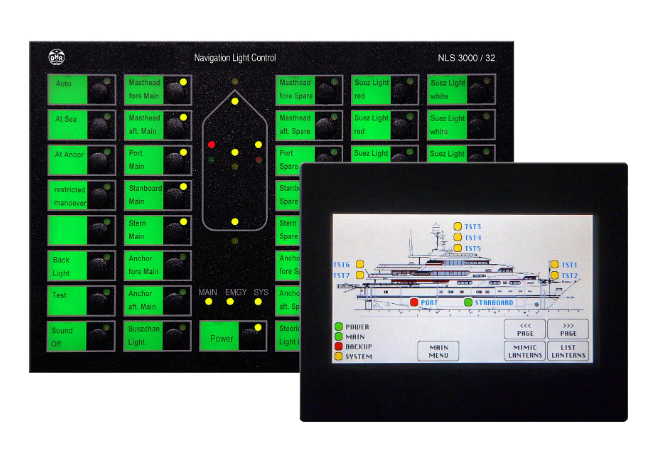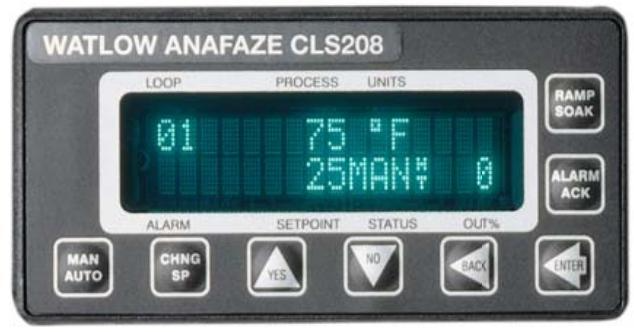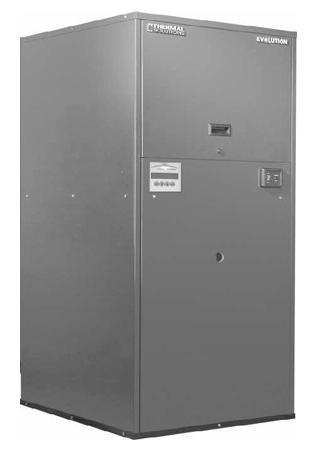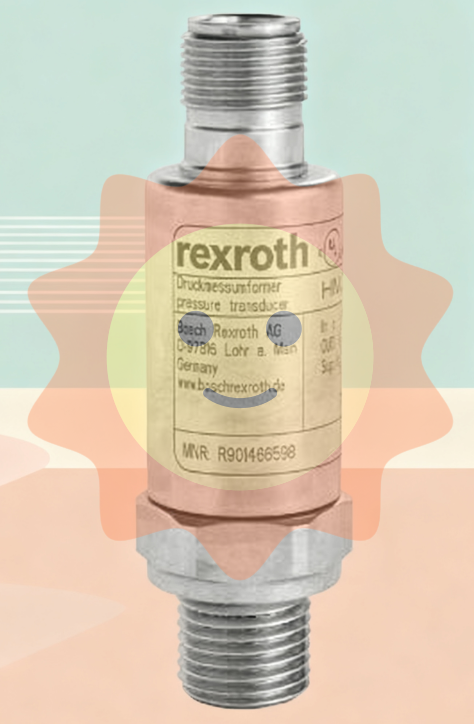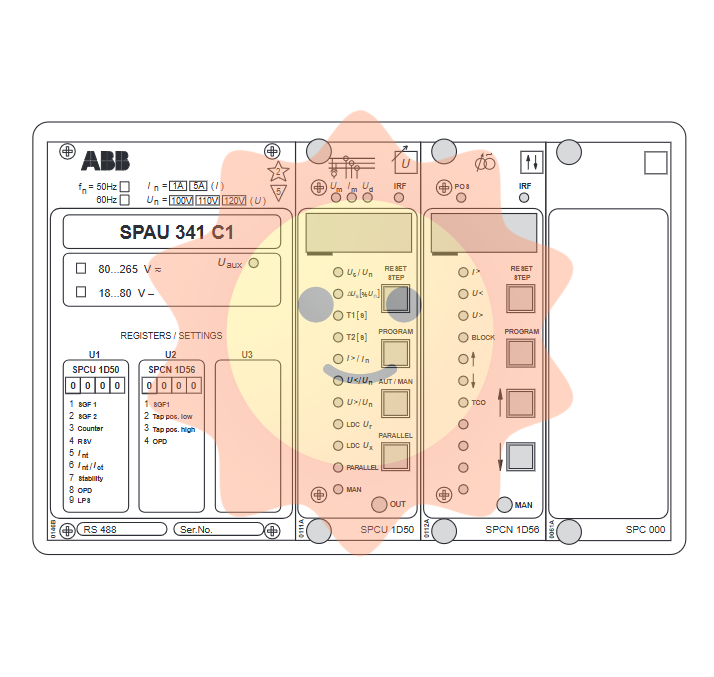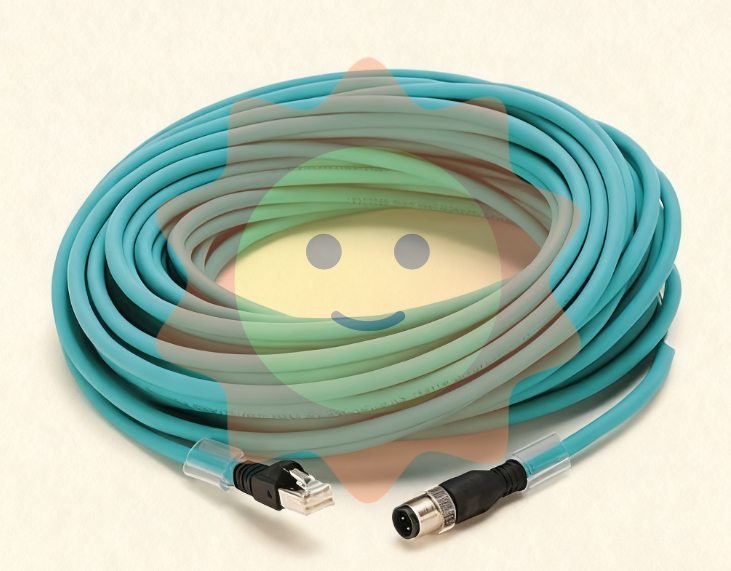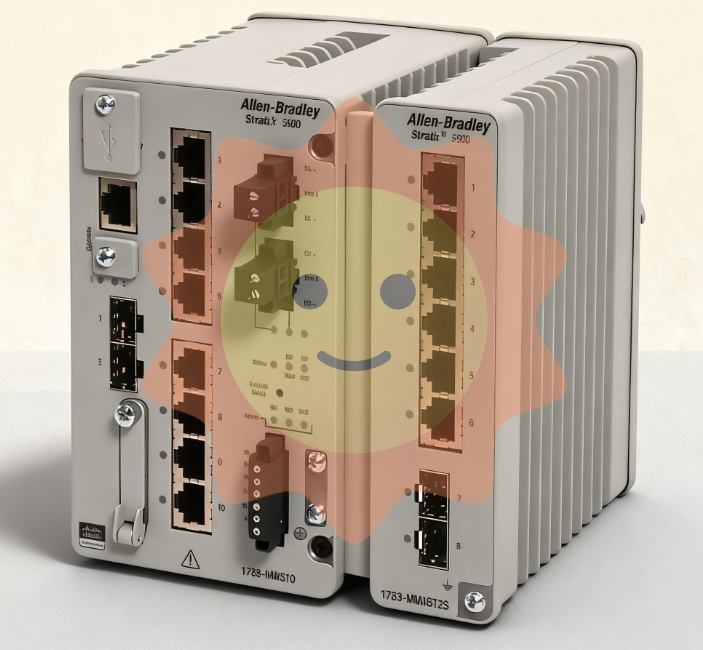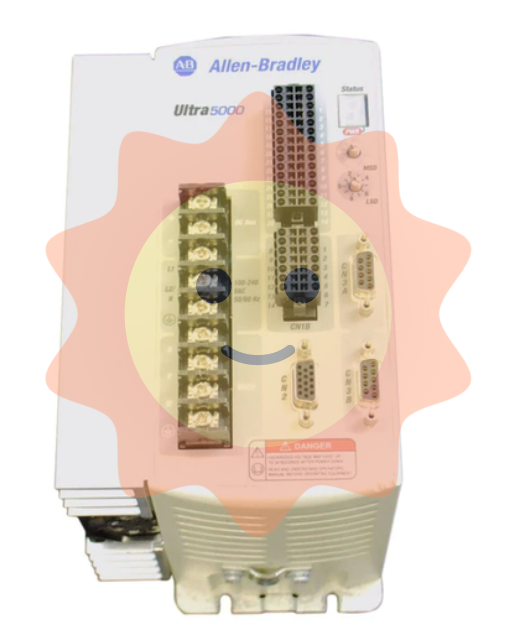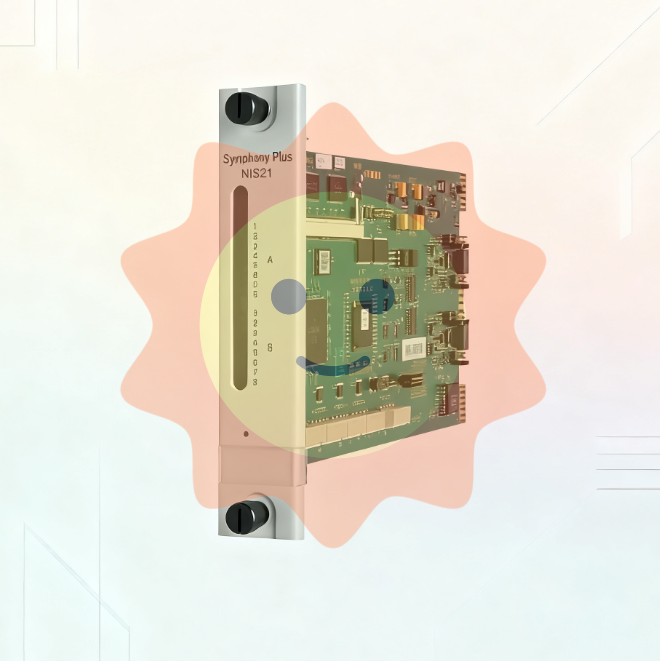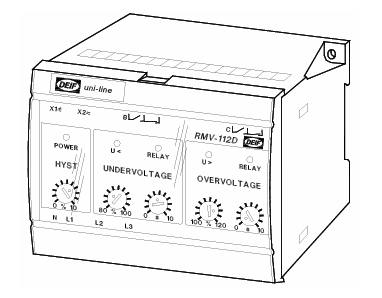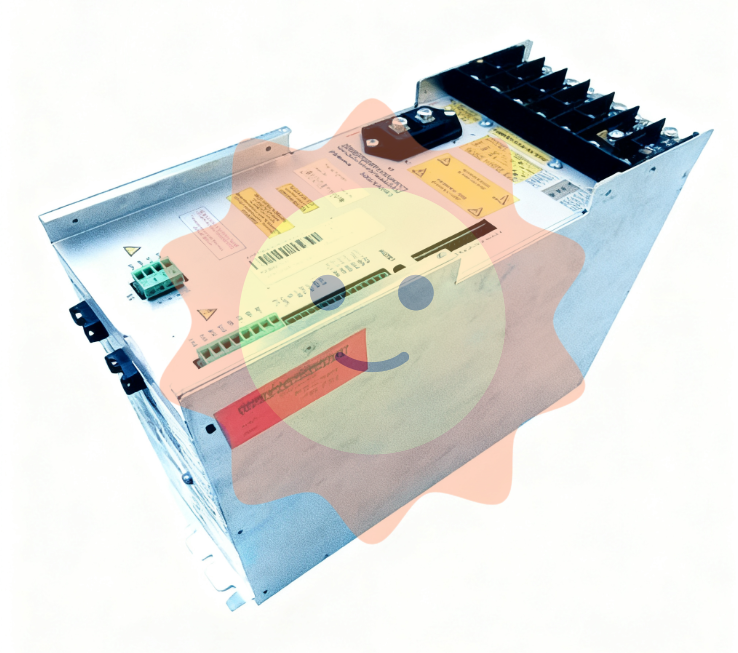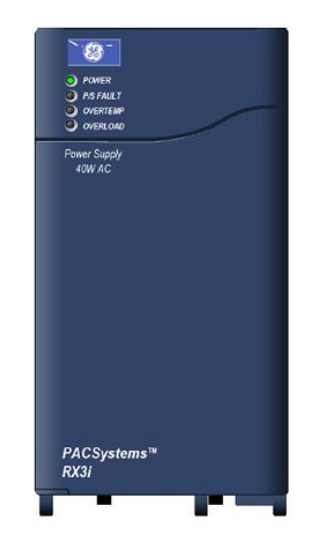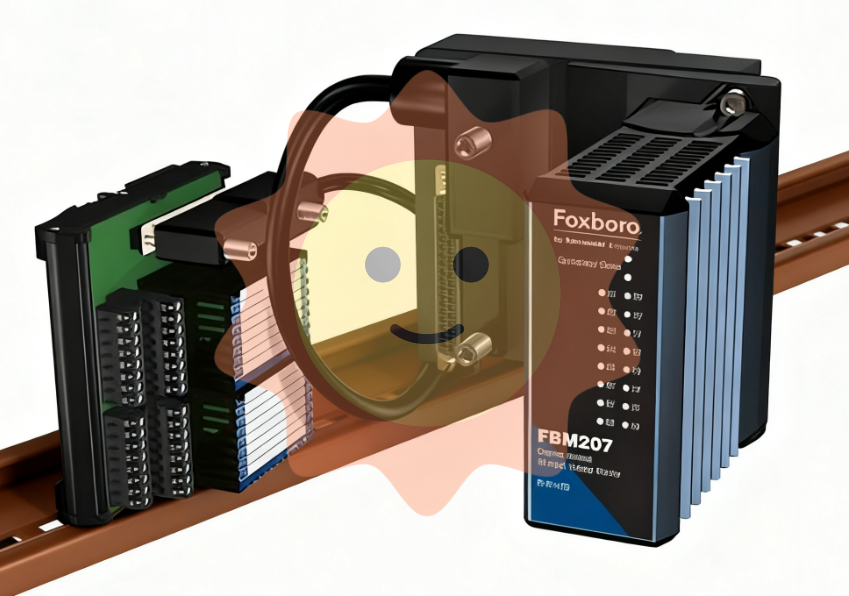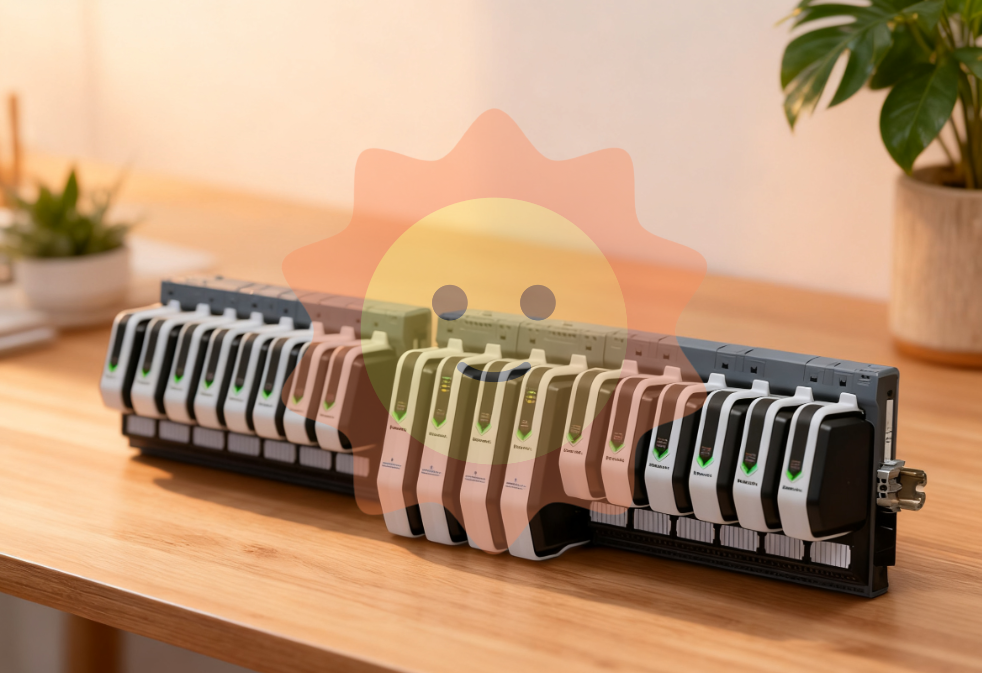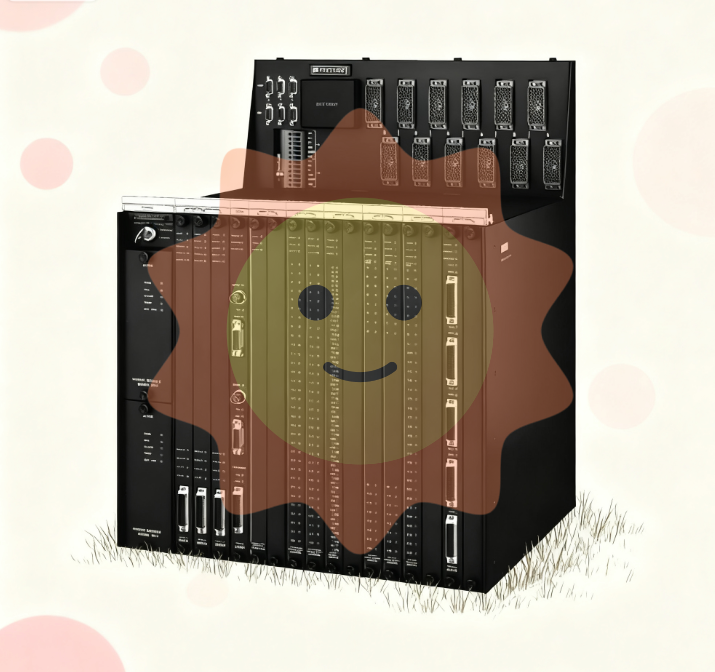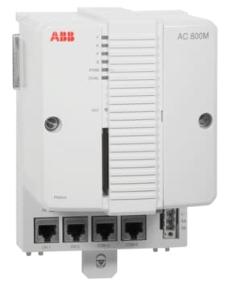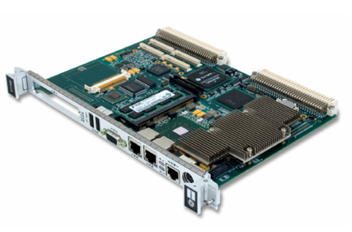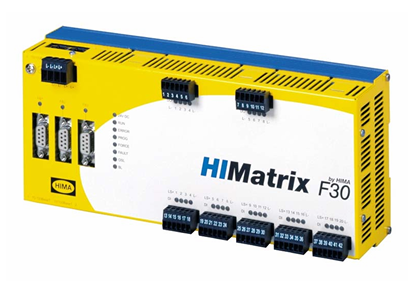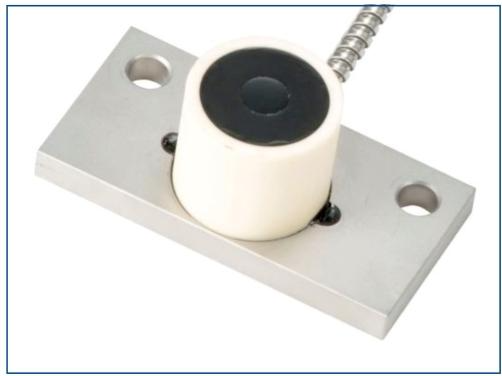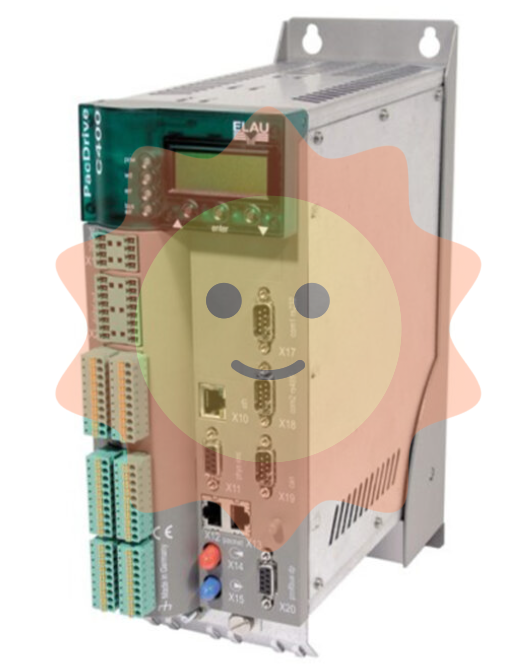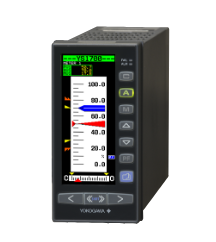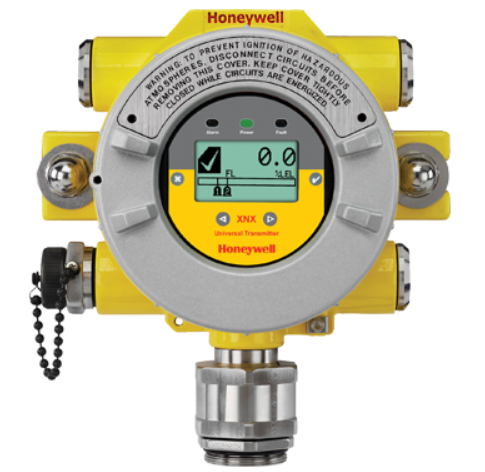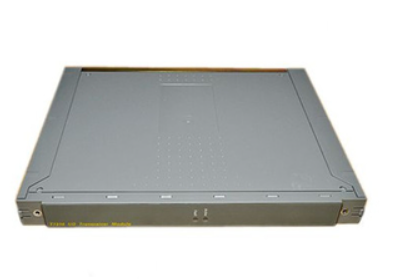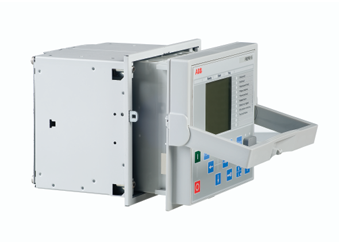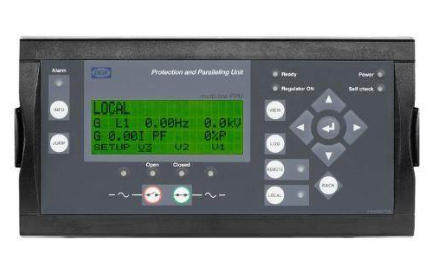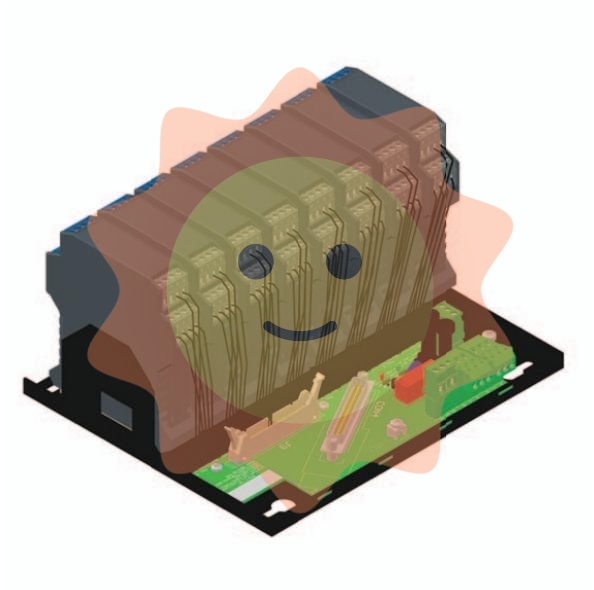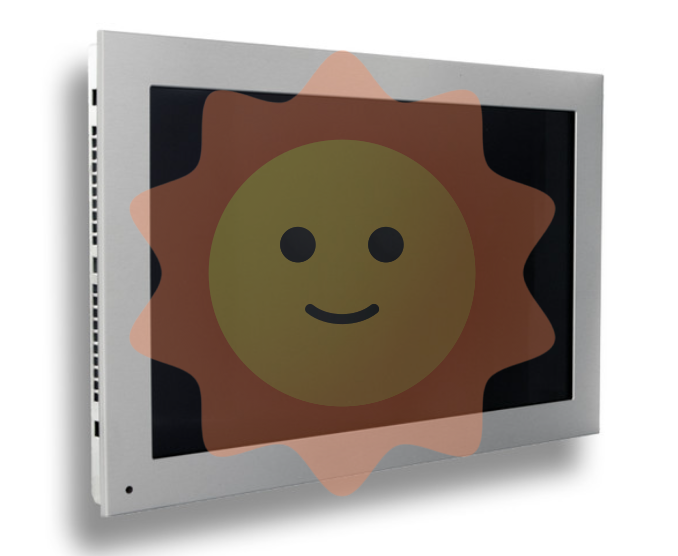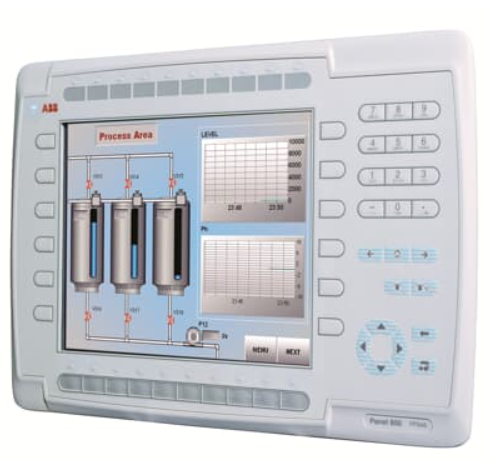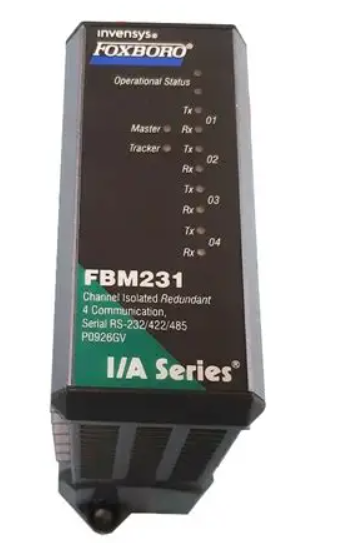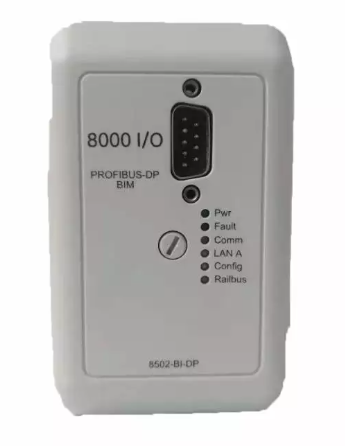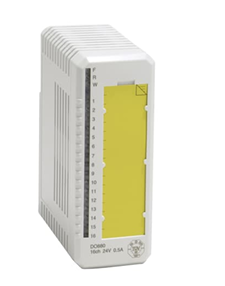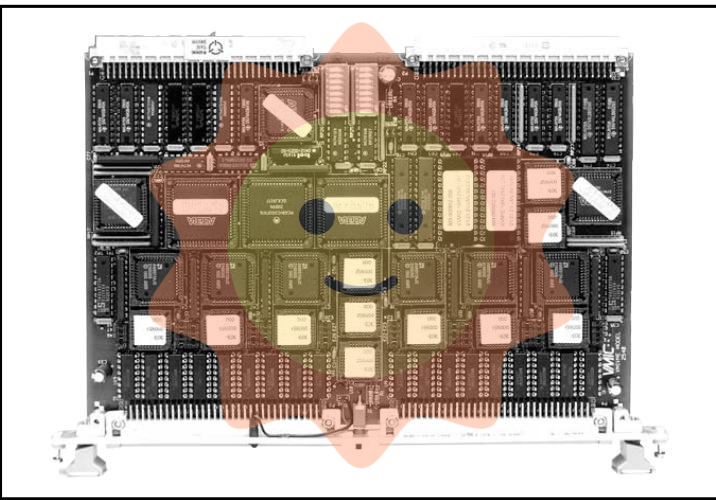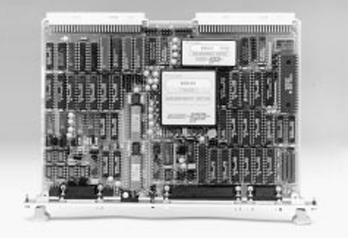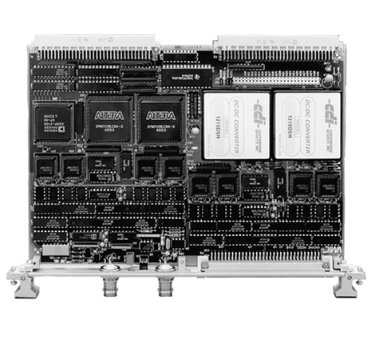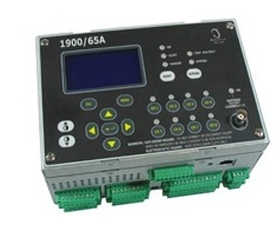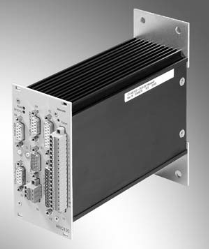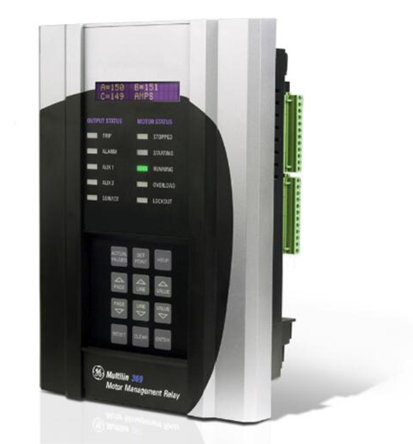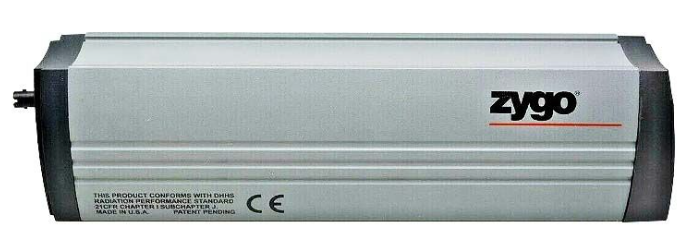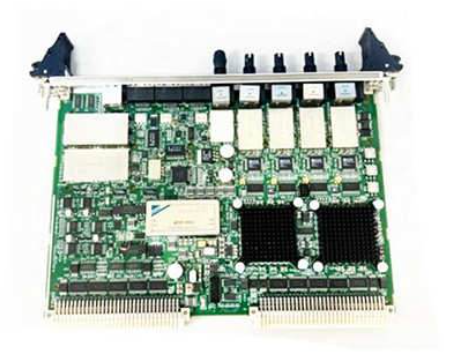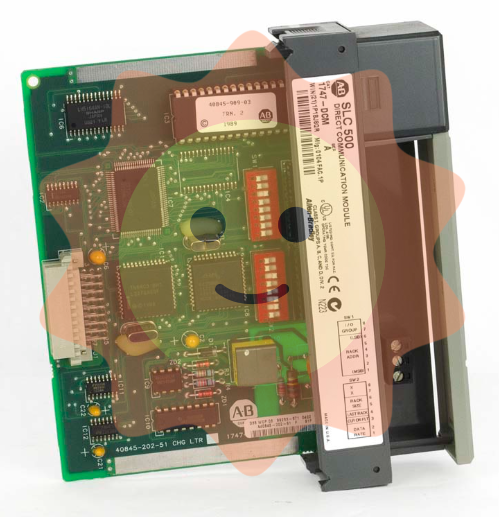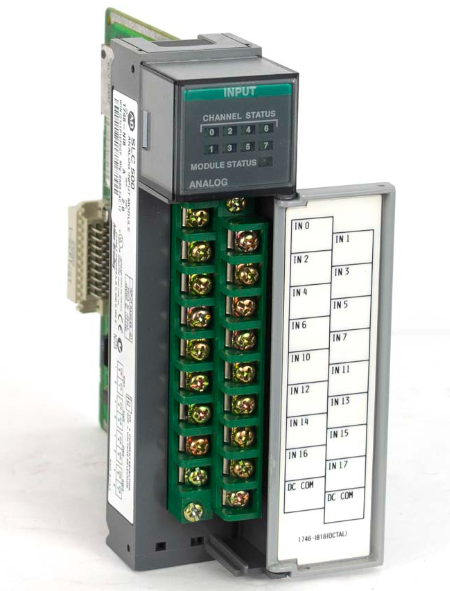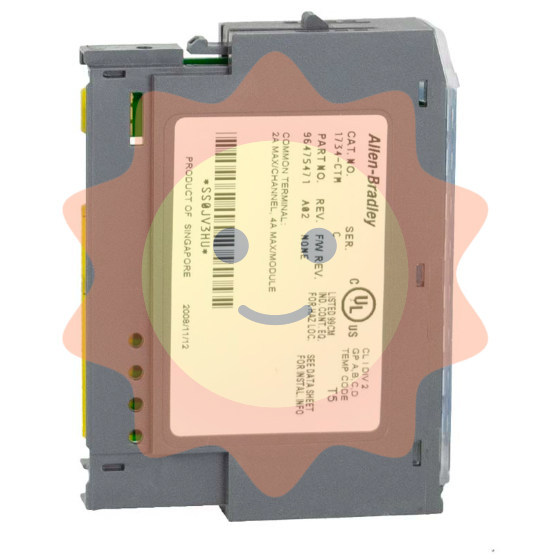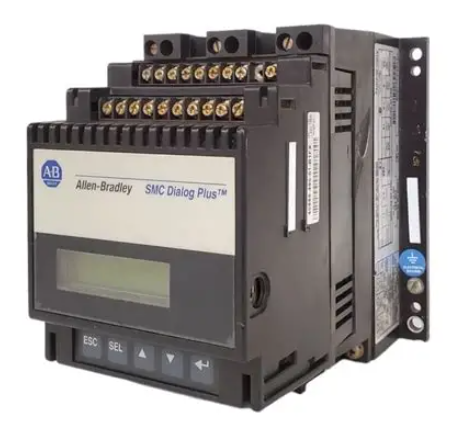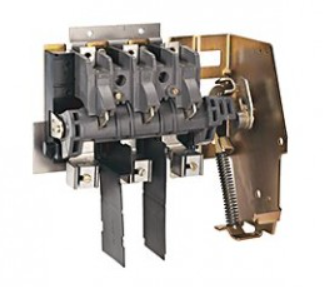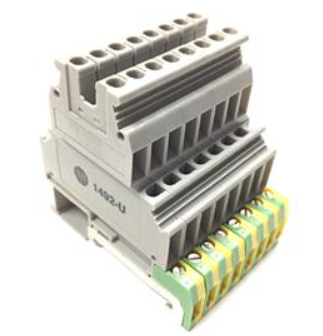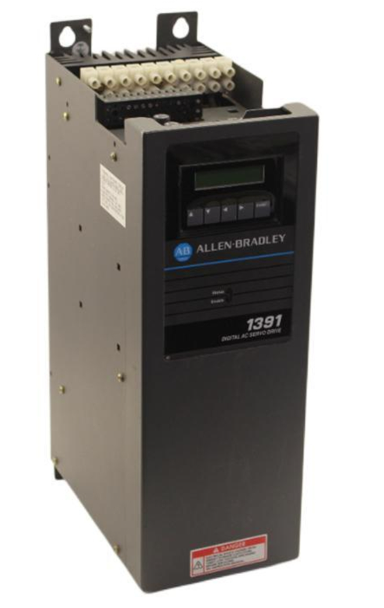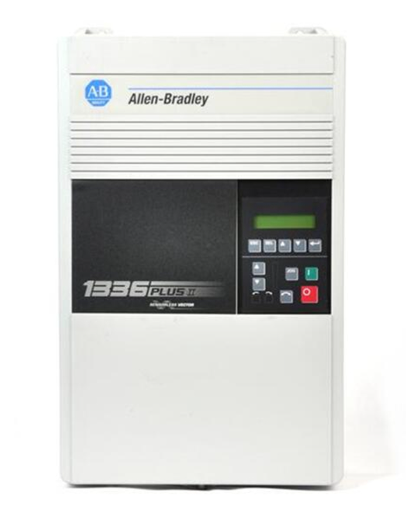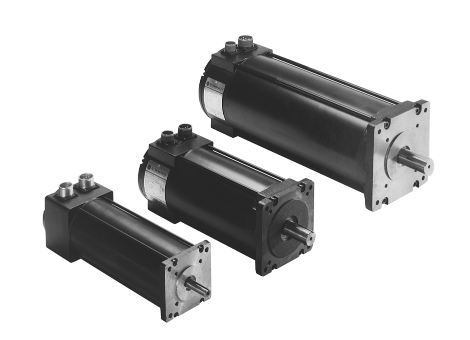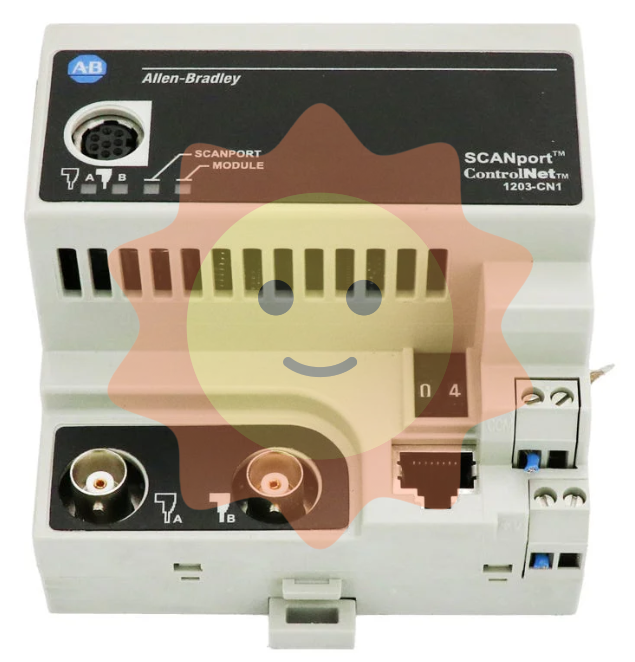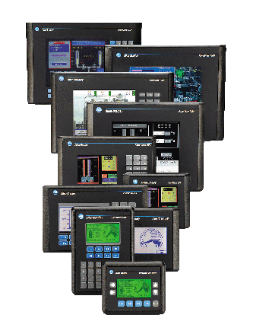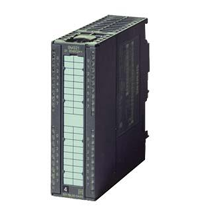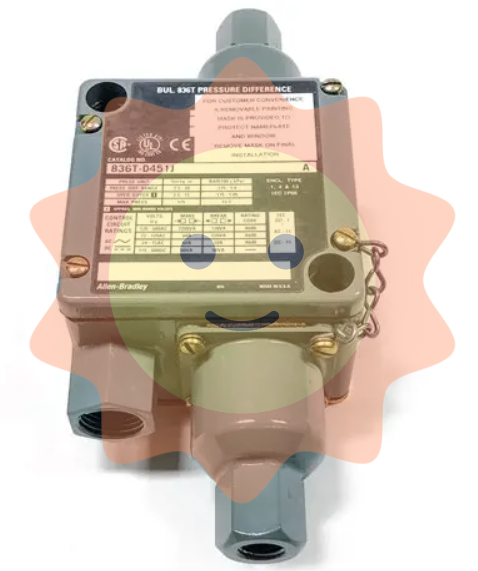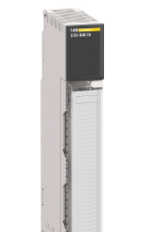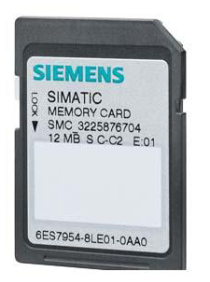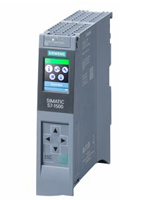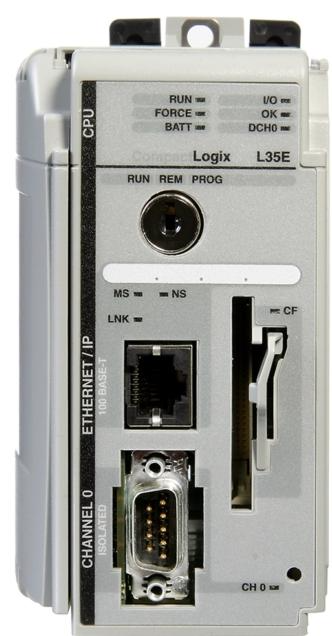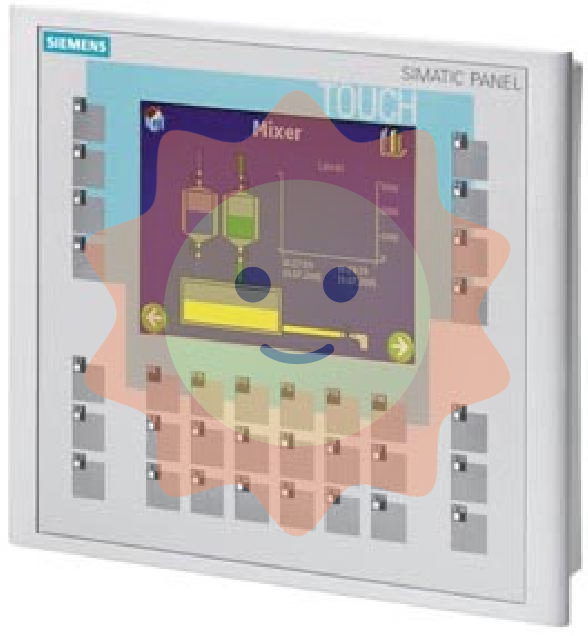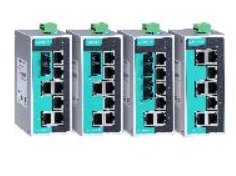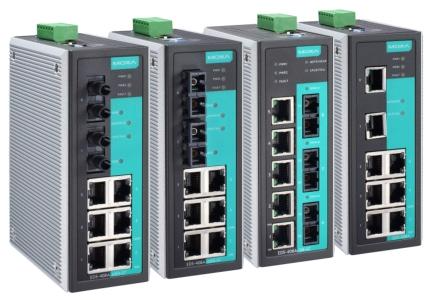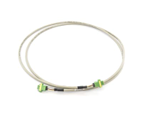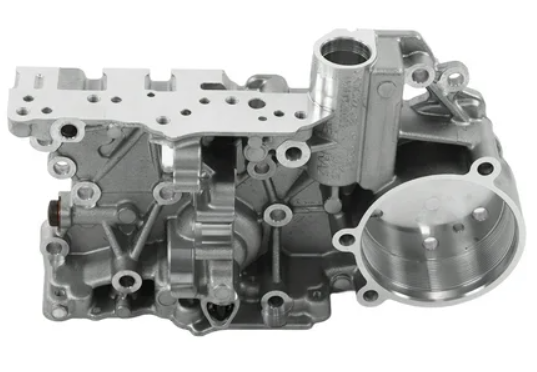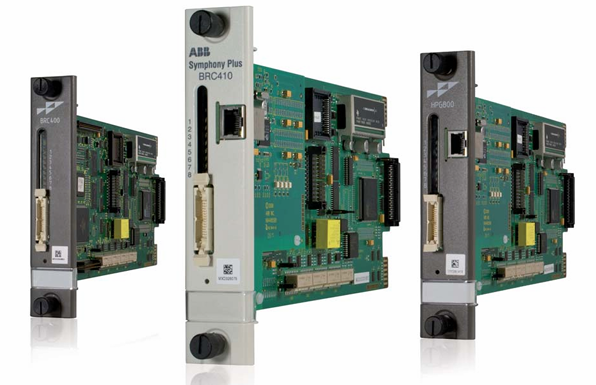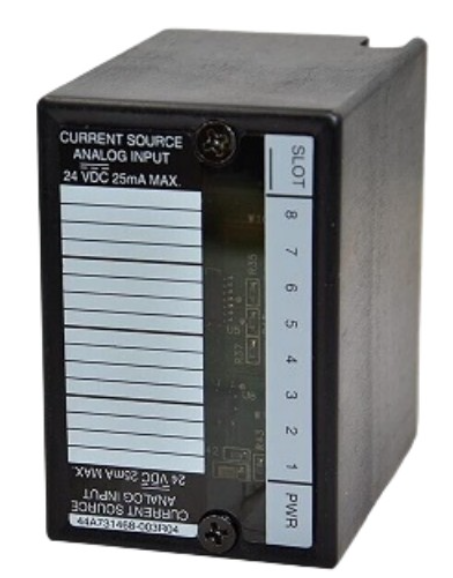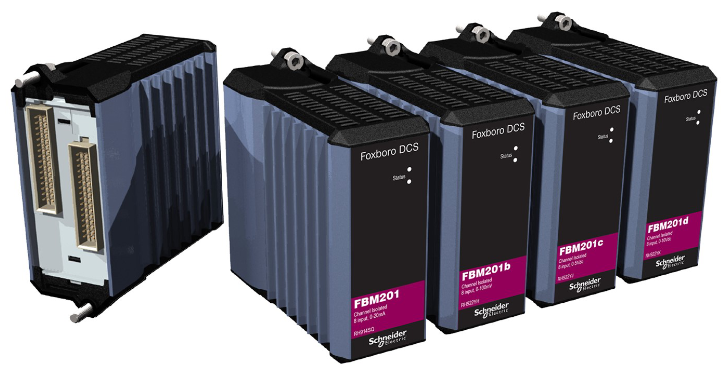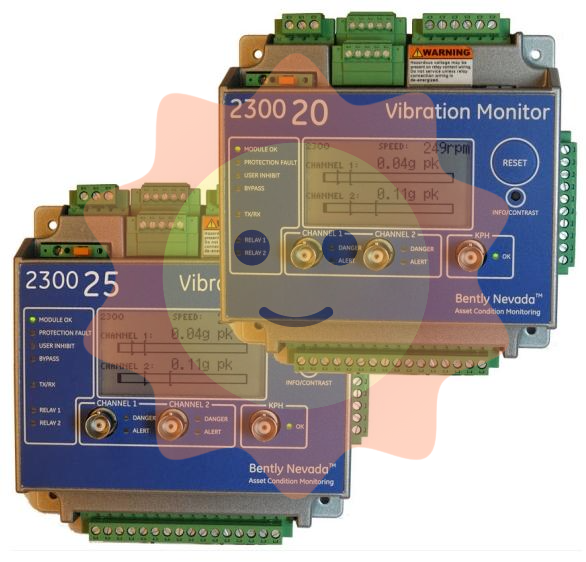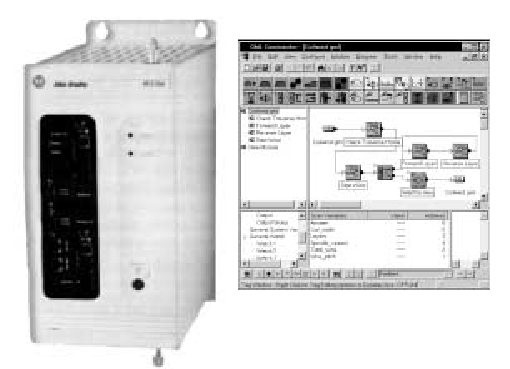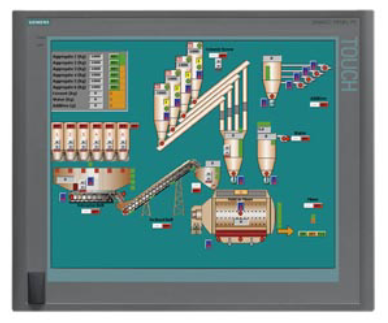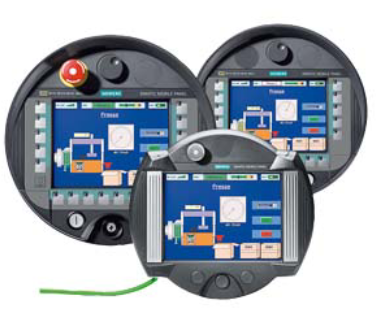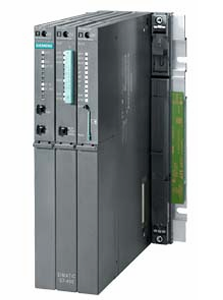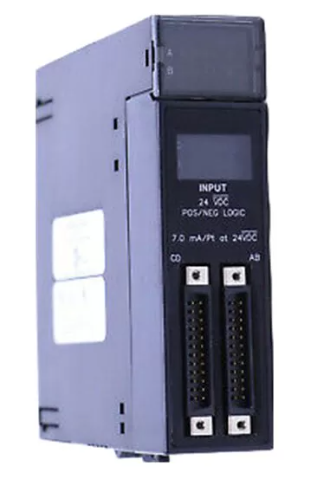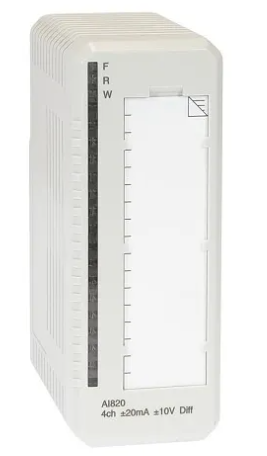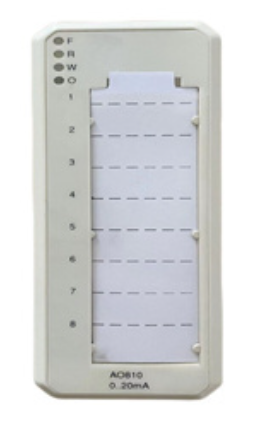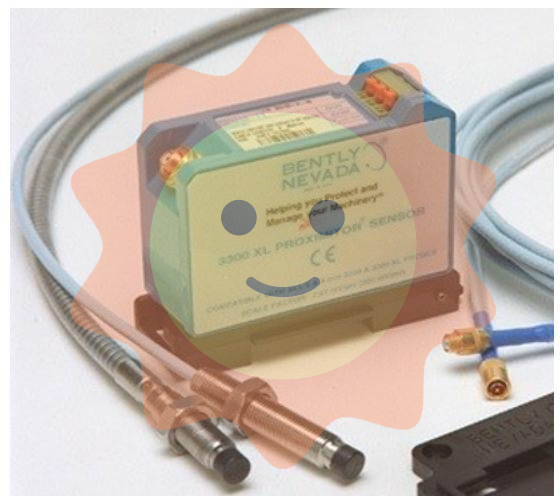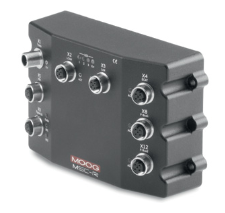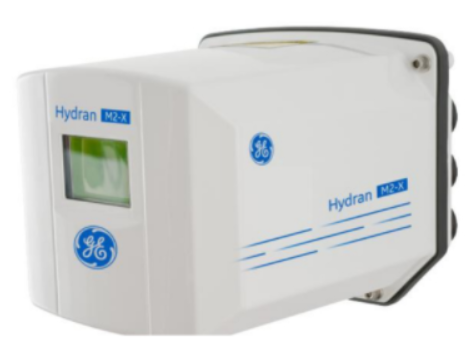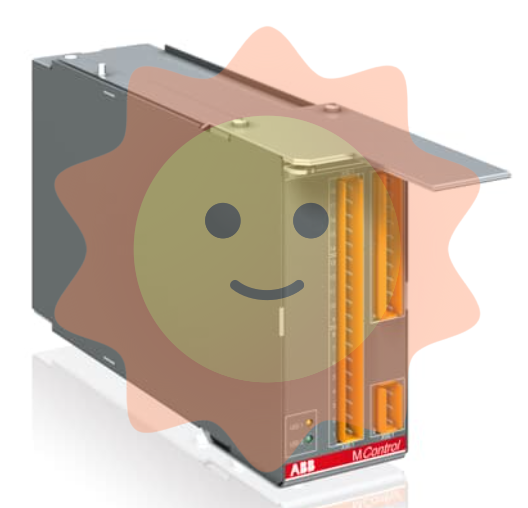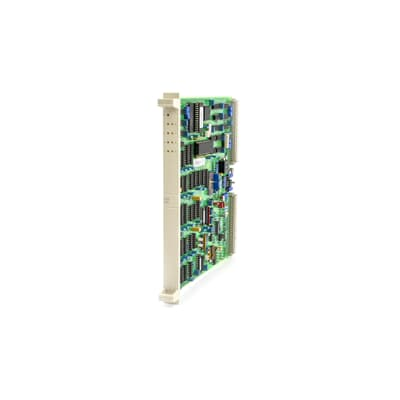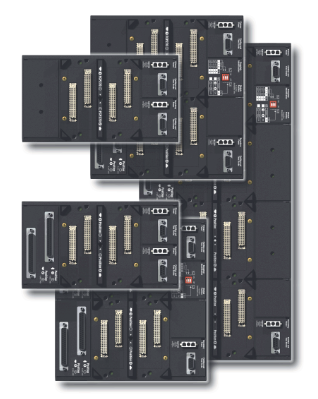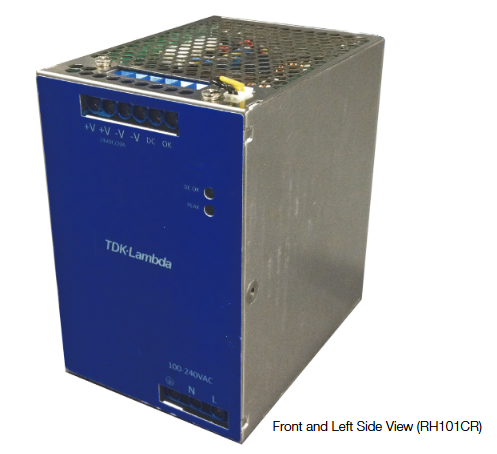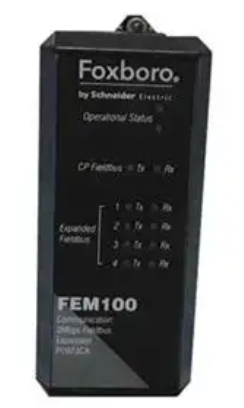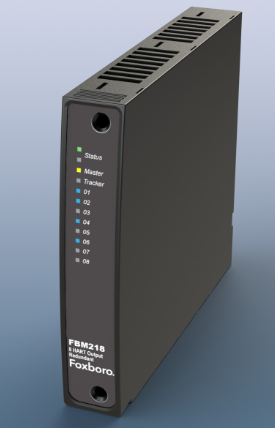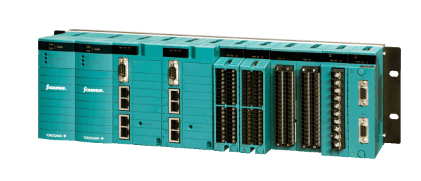ABB PHBAOT1500S100 AOT 150 Analog Output Mounting Base
Basic Information
Product Model Number: PHBAOT1500S100.
Product name: AOT 150 Analog Output Mounting Base, this is ABB's mounting base for analogue output (AOT) modules, which have an important role in industrial automation systems.
Functional features
Mounting features
Stable mounting: Provides a stable mounting platform for the AOT 150 analogue output module. Its structure is designed to prevent the module from being loosened or damaged due to vibration, shock, and other factors in industrial environments. For example, in factories with heavy machinery, this stable mounting ensures that the analogue output module maintains its normal working condition and signal output stability over a long period of time.
Precise positioning: A precise positioning mechanism allows the AOT 150 module to be placed exactly where it is intended to be when installed. This helps the module interface with other equipment (such as power supply, signal lines, etc.) to be correctly docked, reduces connection problems caused by inaccurate installation position, and improves the installation efficiency and reliability of the system. For example, in a complex automation control system, accurate positioning ensures that analogue output signals are accurately transmitted to the appropriate actuating devices.
Signal processing functions
Signal transmission and distribution: As the mounting base for the analogue output modules, it is responsible for the transmission and distribution of the analogue output signals. It receives the analogue output signals from the AOT 150 module and transmits them efficiently to external actuators (e.g. motor drives, control valves, etc.). For example, in a chemical production process, it can send analogue output signals to flow-control regulating valves to precisely control the flow of chemical raw materials.
Signal Adaptation and Conversion (possible): Signal adaptation and conversion functions may be available. The requirements for analogue signals from actuators in the industrial field may be different, such as signal range, accuracy, etc. The mounting base can adapt and convert the analogue output signals to meet the requirements of the external device. For example, the 0 - 5V signal output from the module can be converted to a 4 - 20mA signal to meet the signal input requirements of certain actuators.
Protection functions
Over-current and over-voltage protection: Built-in over-current protection and over-voltage protection mechanisms. In industrial environments, abnormally high currents or voltages may occur due to power fluctuations, equipment failures, and other reasons. When this happens, the protection mechanism automatically cuts off the relevant circuits, protecting the AOT 150 module and connected external devices from damage. For example, when controlling a high-power device, if a short-circuit fault occurs, the overcurrent protection function can be activated in time to prevent damage to the device.
Galvanic isolation (possible): Some models may have galvanic isolation to isolate the analogue output signals from external electrical interference. In industrial environments where there are a large number of electromagnetic interference sources (such as motors, frequency converters, etc.), electrical isolation can effectively prevent external interference signals from entering the analogue output module and the system interior, and also avoid internal signals from interfering with external equipment, improving the system's anti-interference capability and signal quality.
Status Indicator and Fault Diagnosis Function
Status Indicators: Status indicators are provided to visually display the operating status of the AOT 150 module and the mounting base itself. For example, there are indicators to show if the power supply is OK, if the analogue output signal is being sent, etc. These indicators make it easy for users to quickly determine the operating status of the equipment in the field, facilitating daily maintenance and management.
Fault diagnostic capability (possible): It may have certain fault diagnostic function, which can detect common faults occurring in the AOT module and its connected circuits, such as short-circuit, open-circuit, and signal abnormality. When a fault is detected, it can notify the user by flashing indicator lights, sounding an alarm or sending a fault code to the control system. This helps to locate and solve the problem quickly, reducing the impact on the production process.
Physical Features and Interfaces
Types and Number of Interfaces: There are a variety of interface types, including analogue output interfaces, power interfaces and possibly other auxiliary interfaces. Types of analogue output interfaces may be screw terminal interfaces, pin-type interfaces, etc., which are used to connect external actuating devices. The power interface is typically a DC power interface used to provide electrical support for the mounting base and the AOT 150 module. The number of interfaces depends on the product design and is usually sufficient for the connection of multiple devices.
Physical Design: The design is usually compact and allows for easy installation in limited spaces such as control cabinets or equipment racks. The housing is generally made of metal or high-strength engineering plastics, with good impact resistance and heat dissipation performance. In terms of installation, it may support rail mounting or screw-fixed installation, which is convenient for users to choose according to the actual installation environment and requirements. The internal circuit layout is reasonable, taking into account the electromagnetic compatibility and heat dissipation requirements to ensure long-term stable operation.
Wiring management function (possible): Some products may provide wiring management functions, such as wiring channels or card slots for organising and protecting wires connected to equipment. This helps keep the inside of the control cabinet tidy and reduces safety hazards and signal interference caused by cluttered wires.

- User name Member Level Quantity Specification Purchase Date
- Satisfaction :
-









Email:wang@kongjiangauto.com









